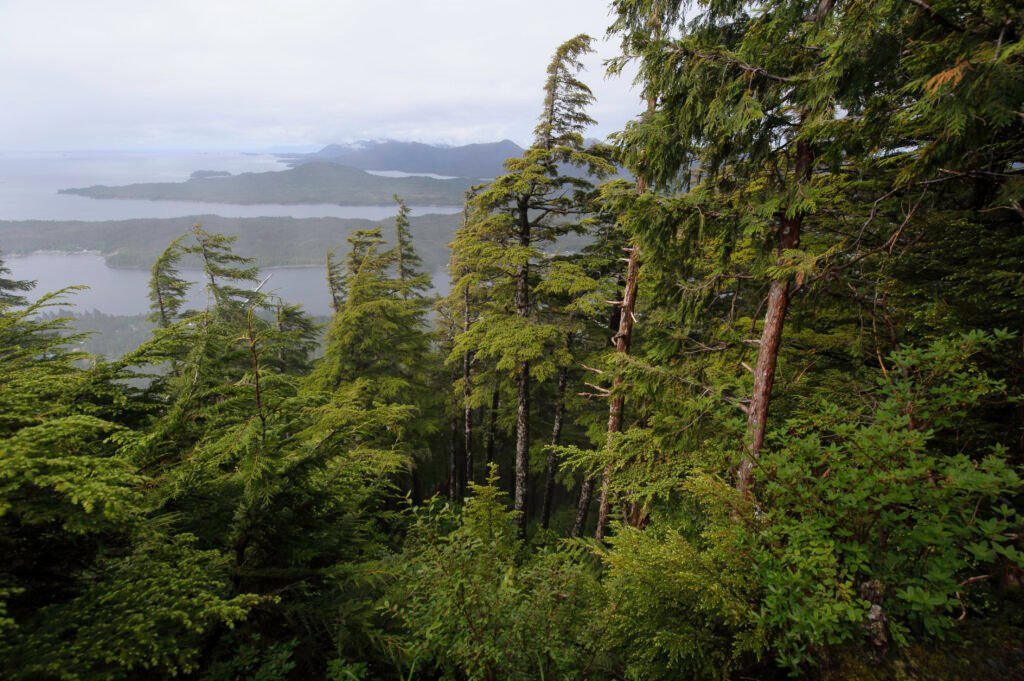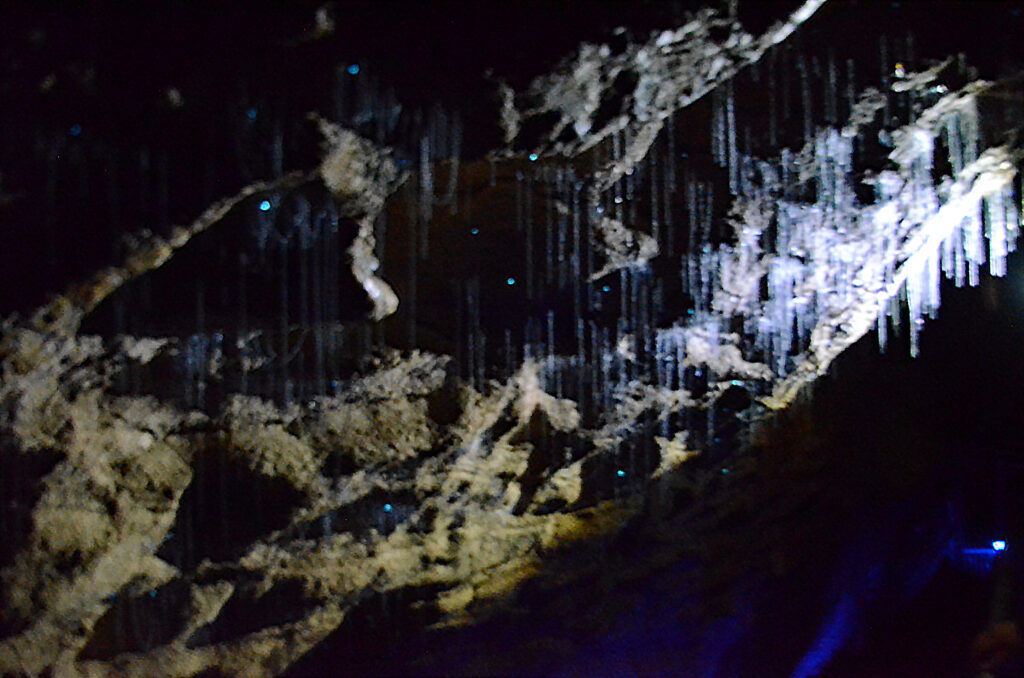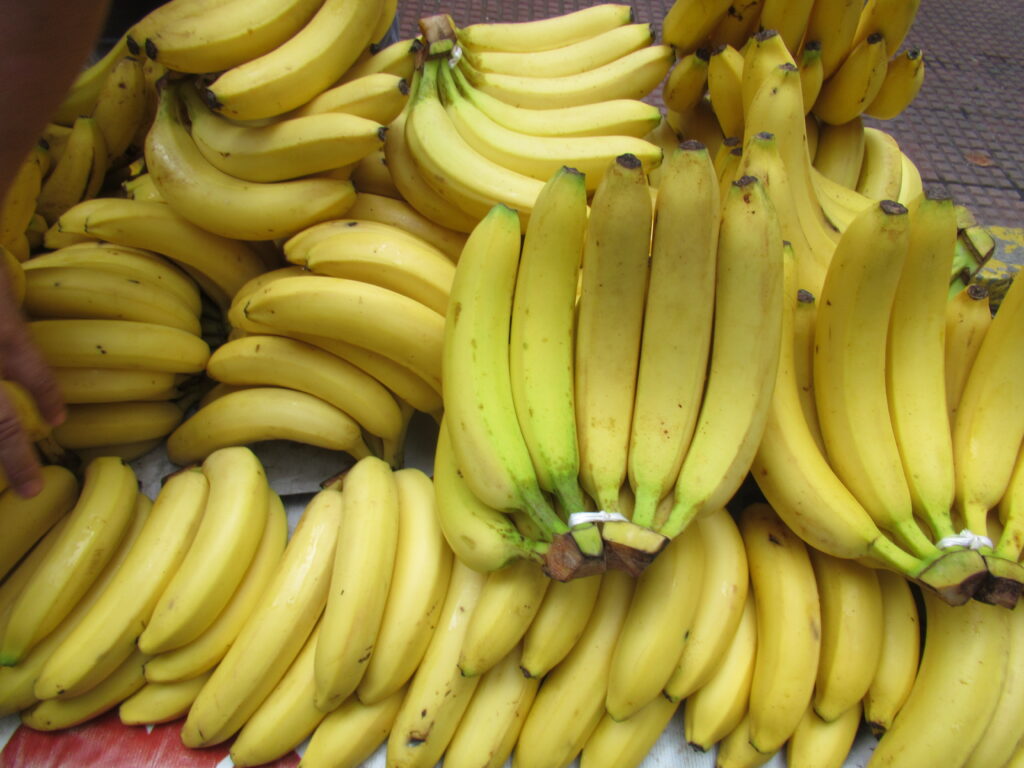Imagine a forest so vast and wild that its boundaries stretch farther than the eye can see, where ancient trees tower like cathedral columns and streams rush with the purest water. The Tongass National Forest is this marvel—a living testament to nature’s resilience and grandeur. Cloaked in mist and mystery, this Alaskan wonderland is not just a place on a map but a heartbeat of the earth itself. Here, the air is thick with the scent of cedar and spruce, and every step is accompanied by the calls of eagles and the whisper of rain on leaves. This is America’s largest temperate rainforest, a realm where the wild things still rule and where preservation is both a challenge and a sacred duty. Step into the Tongass, and you step into a world where time seems to slow, reminding us of what’s at stake when we talk about conservation.
A Forest Unlike Any Other
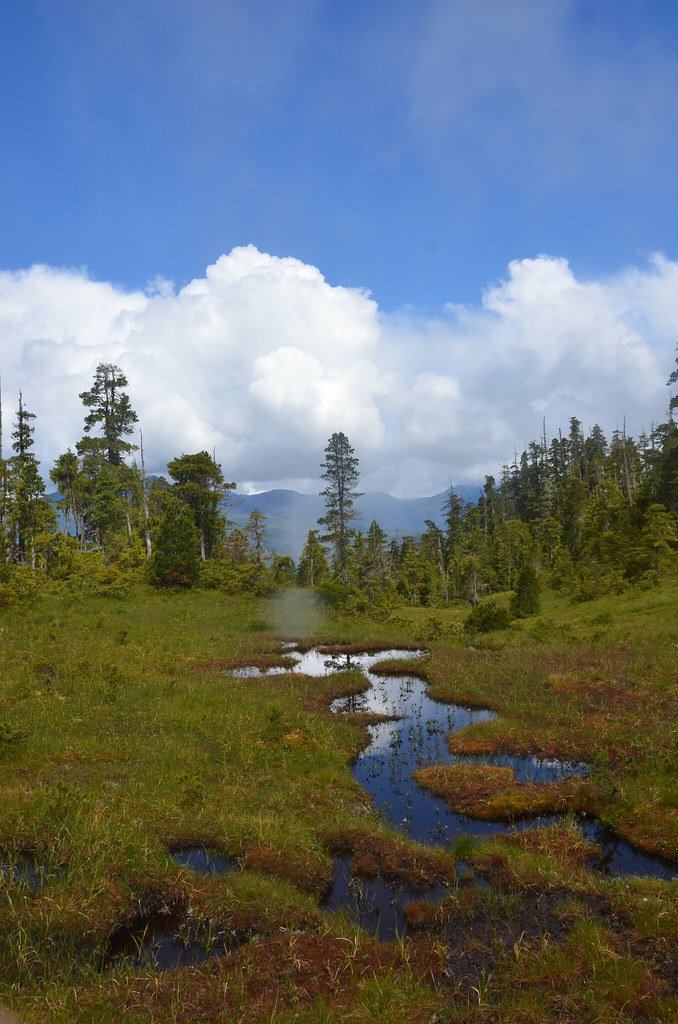
The Tongass National Forest covers nearly 17 million acres, making it the largest national forest in the United States. Its sheer size is staggering, stretching over islands, mountains, fjords, and deep valleys. The landscape is a tapestry of emerald green, punctuated by glacial rivers and dramatic coastlines. Unlike tropical rainforests, the Tongass is a temperate rainforest, meaning it thrives in cooler climates and receives abundant rainfall—up to 200 inches in some places each year. This unique climate creates an ecosystem filled with moss-draped trees, ferns, and an undergrowth so lush it almost glows. The forest’s diversity is mind-boggling, with plants and animals that exist nowhere else in the country.
The Ancient Giants: Trees That Tell Stories
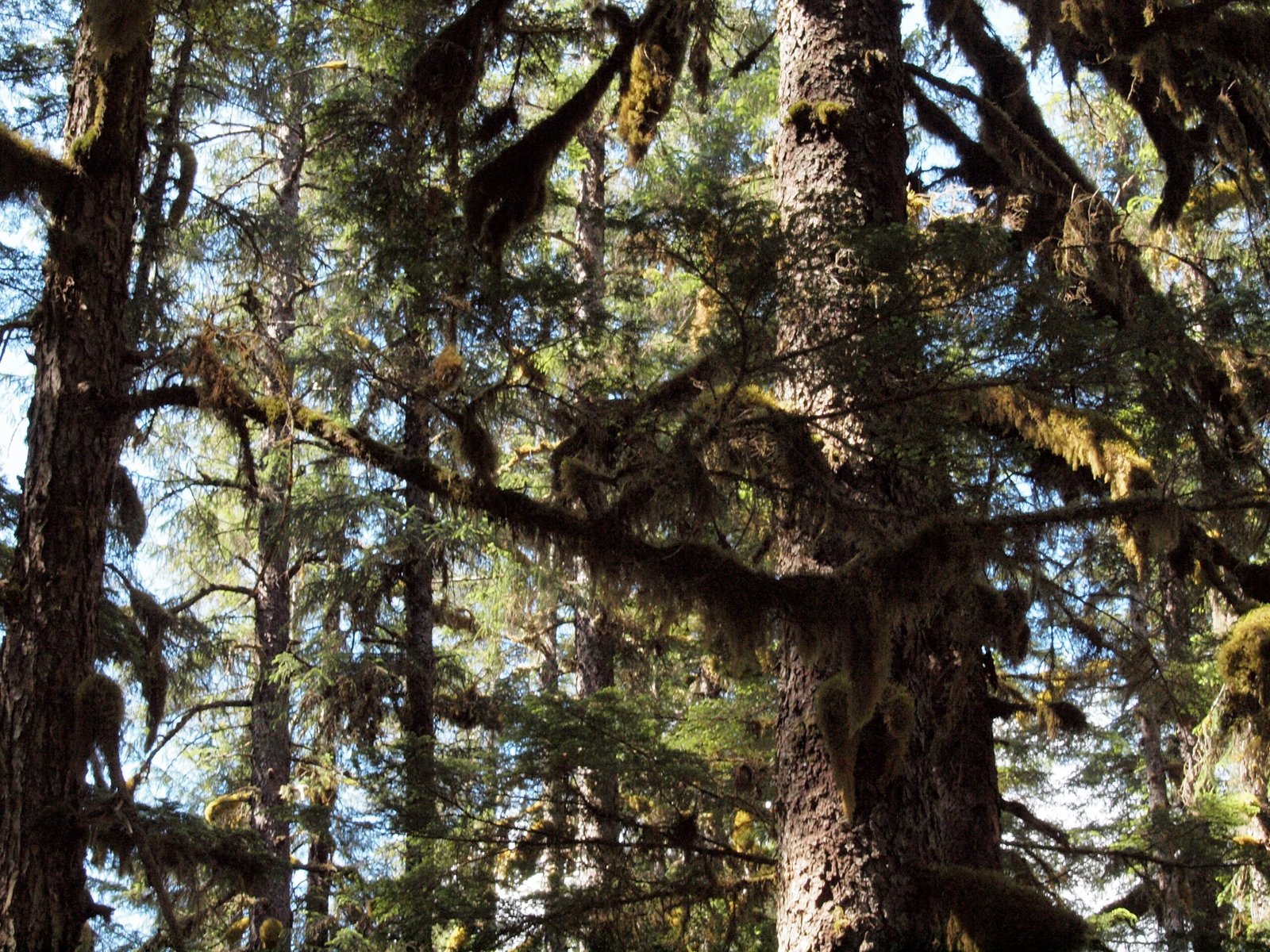
Walking through the Tongass, you’ll find trees that have stood for centuries—some for over a thousand years. Towering Sitka spruce and western hemlock dominate the canopy, their trunks so wide that even a group of people can barely encircle them. These ancient giants are living records, with rings that reveal stories of past fires, floods, and climate shifts. Their presence is humbling, reminding visitors of a world where patience and endurance reign. The old-growth forests are especially precious, offering irreplaceable habitat and a sense of continuity with the past. They are, quite literally, the lungs of the region, filtering air and water for countless living creatures.
Wildlife Galore: The Spirit of the Tongass
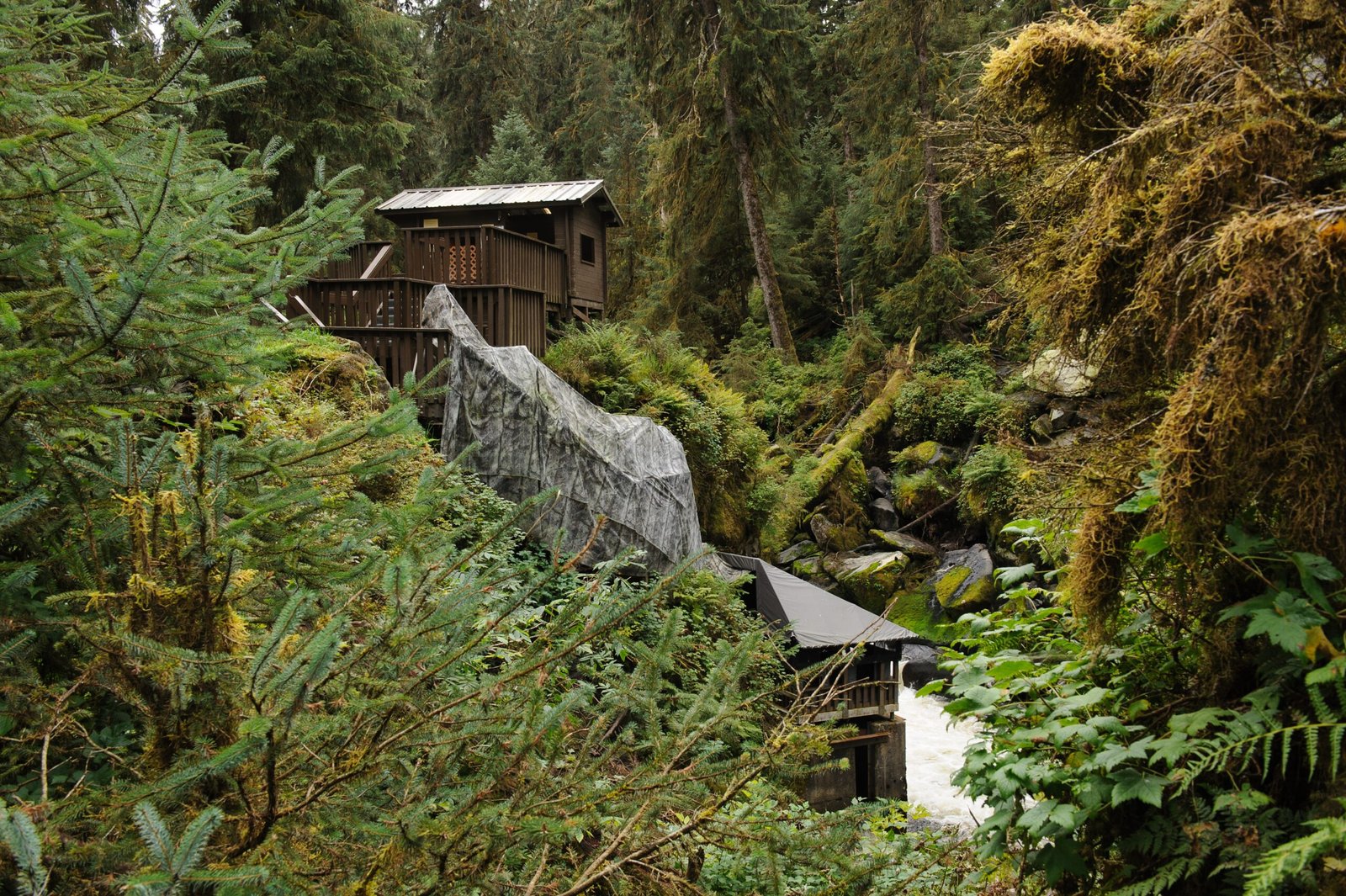
The Tongass teems with life, serving as a sanctuary for countless animal species. Brown bears fish for salmon in rushing streams, their cubs tumbling in the shallows. Bald eagles soar overhead, their piercing cries echoing through the mist. The forest’s rivers are the beating heart of the ecosystem, hosting all five species of Pacific salmon, which in turn feed bears, wolves, and even the forest itself as nutrients cycle back into the soil. Black-tailed deer slip silently through the undergrowth, while elusive wolves leave tracks in the mud. Even the waterways buzz with energy, as sea otters and seals dart through kelp forests just offshore.
The Rainforest’s Vital Role in Climate Regulation
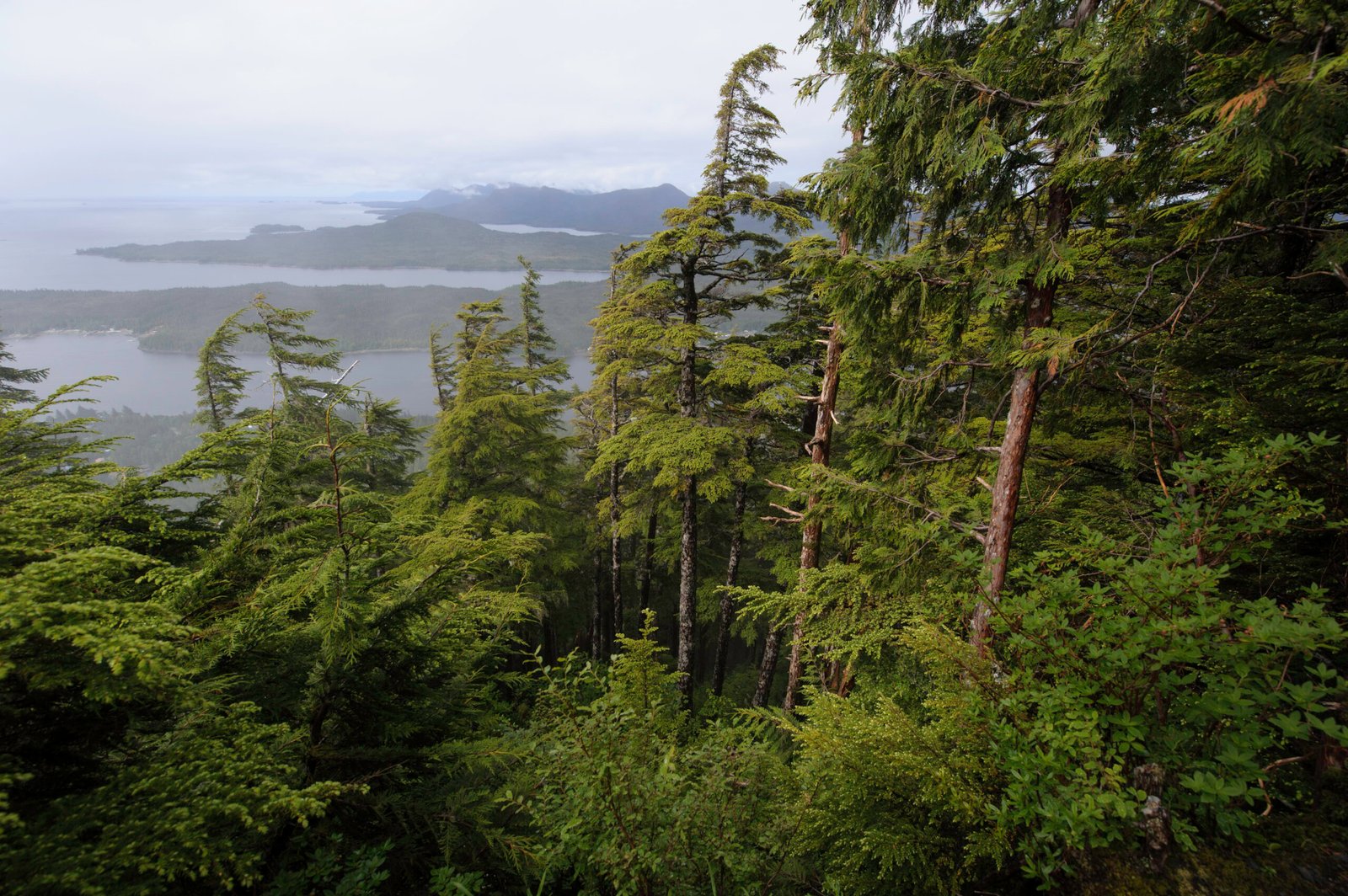
The Tongass National Forest isn’t just a haven for wildlife—it’s a powerful ally in the fight against climate change. Its old-growth trees are some of the most effective carbon sinks on the planet, storing vast amounts of carbon in their trunks, branches, and soils. Preserving these forests means safeguarding an invaluable resource for regulating the Earth’s atmosphere. Cutting these trees, on the other hand, would release centuries’ worth of stored carbon, amplifying climate risks. In this way, the Tongass acts as a silent guardian, helping to keep global temperatures in check and offering hope for a more stable future.
Salmon: The Lifeblood of the Forest
Salmon are more than just fish in the Tongass—they are the lifeblood of the entire ecosystem. Each year, millions of salmon return from the ocean to spawn in the forest’s freshwater streams. Their journey is not just a marvel of nature, but a vital process that nourishes the land and its inhabitants. When bears and other animals feast on salmon, the nutrients from the remains fertilize the forest floor, feeding trees and plants. This intricate relationship between fish, wildlife, and forest is a stunning example of nature’s interconnectedness. Without healthy salmon runs, the entire ecosystem would begin to unravel.
The Human Connection: Indigenous Stewardship
Long before the Tongass became a national forest, it was—and remains—the ancestral home of Indigenous peoples, including the Tlingit, Haida, and Tsimshian nations. Their lives have always been intertwined with the rhythms of the land and sea. Indigenous stewardship has shaped the forest’s health, guided by centuries of traditional knowledge and respect for nature. Today, efforts to include Indigenous voices in conservation are gaining strength, recognizing that these communities hold invaluable wisdom about sustainable living. Their stories and practices are woven into the fabric of the Tongass, offering lessons in resilience and respect.
Threats Facing the Tongass
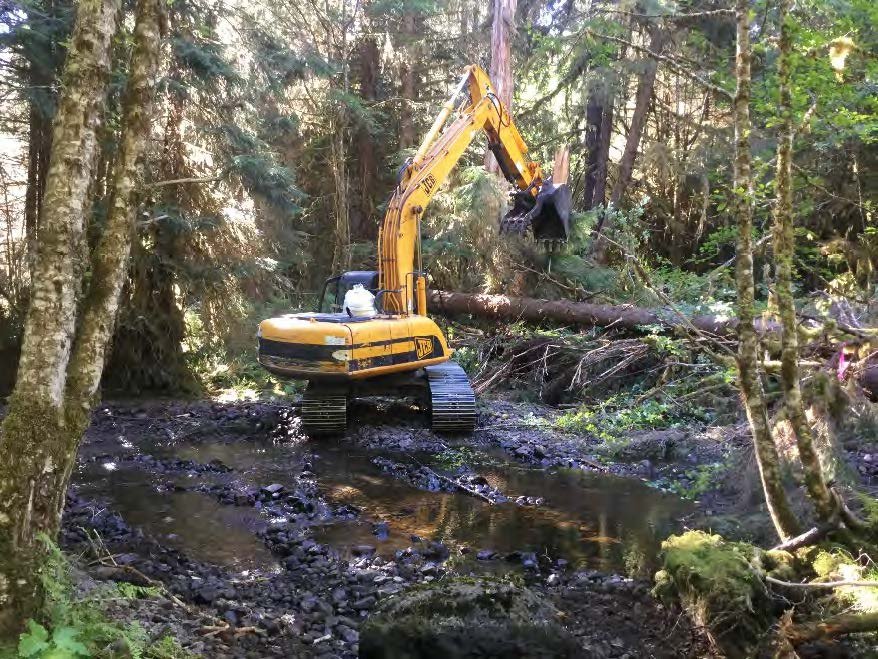
Despite its wild beauty, the Tongass faces a barrage of threats. Logging, particularly of old-growth trees, poses the most immediate danger. These ancient forests are slow to regenerate, and once lost, their ecological value cannot be replaced. Road construction, mining, and climate change also loom, each chipping away at the delicate balance of the ecosystem. Every fallen tree or disrupted stream can have ripple effects felt throughout the forest. Conservationists warn that without vigilant protection, the Tongass could lose the very qualities that make it irreplaceable.
Conservation Efforts: Guardians of the Forest
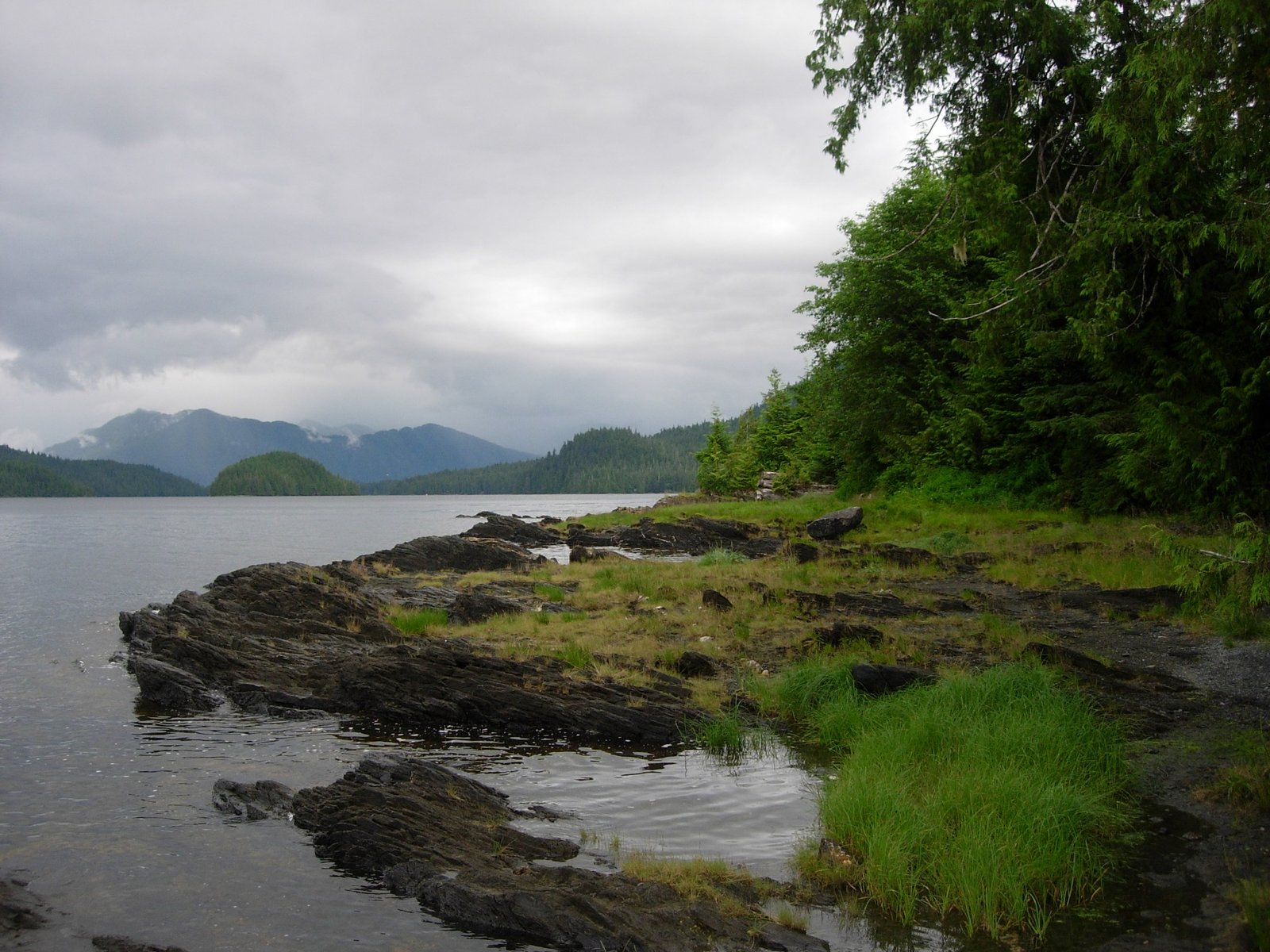
The fight to preserve the Tongass is both urgent and ongoing. National and local organizations work tirelessly to protect its old-growth stands, restore damaged habitats, and advocate for sustainable land use. Policies like the Roadless Rule, which limits road-building and logging in untouched areas, have been at the center of heated debates. Scientists, activists, and Indigenous leaders often join forces, leveraging research and community action to keep the forest wild. These efforts are a testament to the passion people feel for the Tongass and the belief that some places are too precious to lose.
Ecotourism: A Sustainable Path Forward
Tourism in the Tongass is a double-edged sword—it brings awareness and economic support, but can also strain natural resources if not managed carefully. Ecotourism, when done responsibly, offers a way for people to experience the magic of the rainforest while supporting its preservation. Guided hikes, wildlife watching, and cultural tours provide unforgettable experiences without leaving a heavy footprint. Visitors often leave with a renewed sense of wonder and a commitment to protecting what they’ve seen. This sustainable approach helps ensure that future generations can marvel at the same wild beauty.
Why the Tongass Matters for All of Us
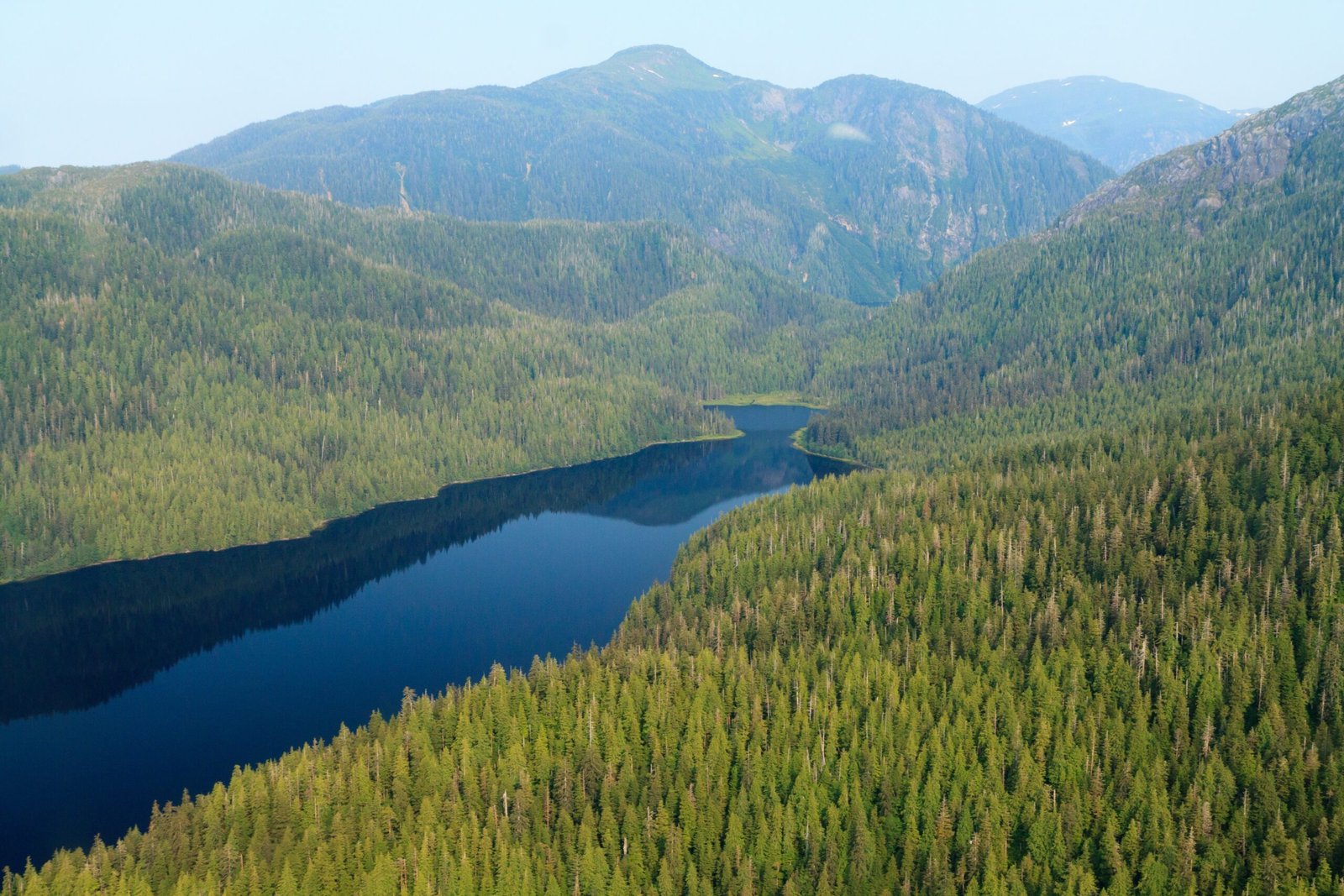
The fate of the Tongass National Forest is not just a local concern—it’s a matter of global importance. Its forests regulate climate, safeguard biodiversity, and provide clean water and air. The Tongass is a living classroom, teaching us about the power of nature and the importance of stewardship. As the world grapples with environmental crises, the lessons from this ancient rainforest are more relevant than ever. Preserving the Tongass is about more than saving trees; it’s about honoring our connection to the natural world and ensuring a healthier planet for everyone.
Lessons from the Living Rainforest
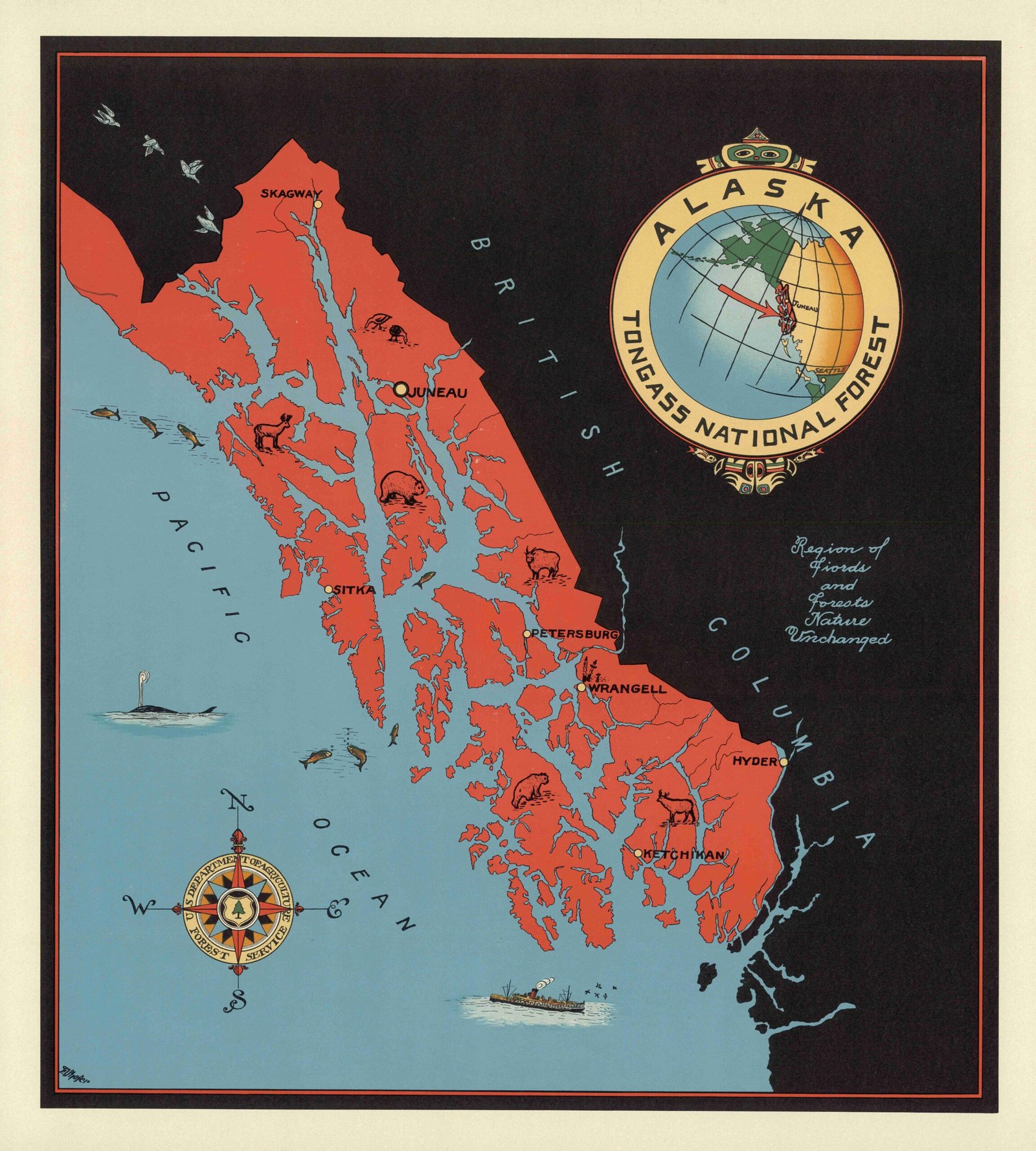
The Tongass National Forest stands as a living reminder of nature’s resilience, beauty, and complexity. Its ancient trees, vibrant wildlife, and deep-rooted traditions inspire awe and respect. Protecting this forest is not just a task for scientists or policymakers—it’s a shared responsibility that touches all of us. When we care for the Tongass, we care for something much larger than ourselves. Isn’t it incredible to think that one forest could hold the key to so many of our planet’s hopes?

